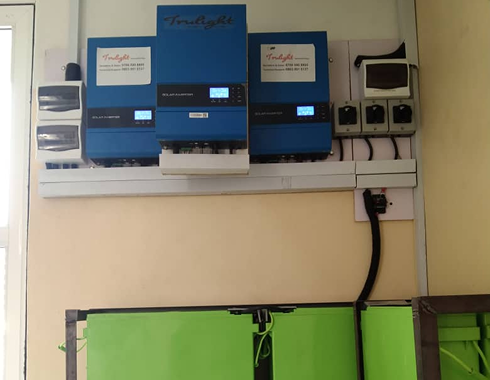The word itself helps to explain how photovoltaic (PV) or solar electric technologies work. First used in about 1890, the word has two parts: photo, a word derived from the Greek phos, which means light; and volt, which is a measurement unit named for Alessandro Volta (1745-1827), a pioneer in the study of electricity. So, photovoltaics could literally be translated as ‘light-electricity’. And that’s just what photovoltaic materials and devices do; they convert light energy to electricity, as Edmond Becquerel and others discovered in the 18th Century.





